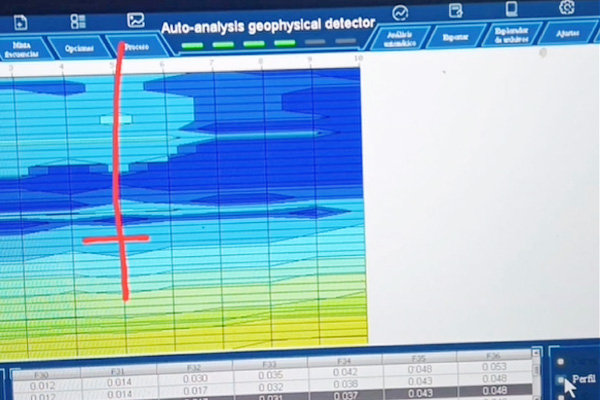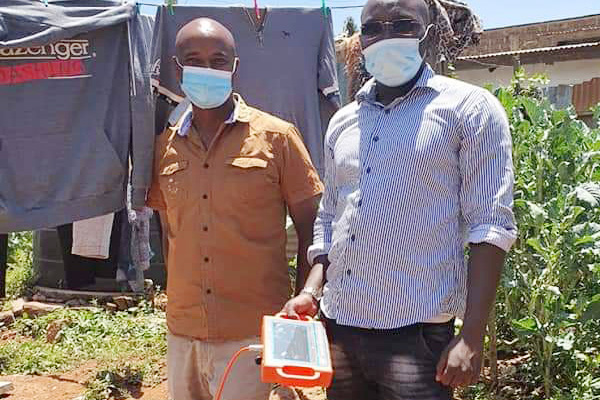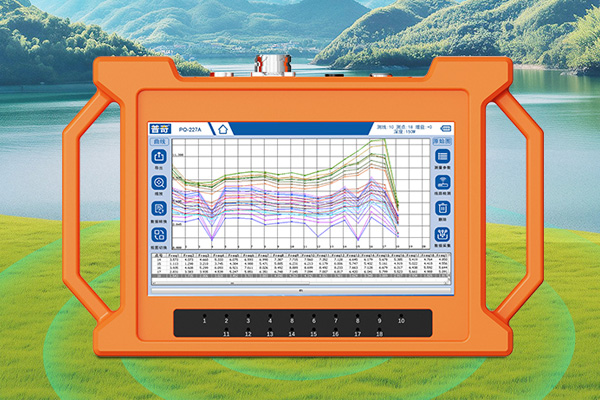Pqwt water detector is a device used to detect the location of water leakage in pipelines or containers, mainly by capturing the sound generated during water leakage or monitoring changes in water pressure to determine the location of water leakage. The following will provide a detailed introduction to the usage techniques of pqwt water detector.

1、 Preparation work
1. Understanding pipeline layout: Before using a leak detector, it is necessary to first understand the layout, water pressure, and burial depth of the pipeline. These pieces of information help to quickly locate possible leakage points.
2. Check the status of the instrument: Ensure that the leak detector is in optimal working condition, check if the battery is sufficient, and ensure that all components are intact. At the same time, familiarize oneself with the operation methods of the instrument and the functions of each button and knob, in order to quickly and accurately operate the instrument during the testing process.
2、 Adjust parameters
1. Set sensitivity: Adjust the sensitivity of the leak detector according to the different detection environments, so that it can capture even the slightest sound of water leakage.
2. Adjust frequency range: Set the frequency range of the leak detector according to actual needs to ensure that it can receive specific frequency sounds generated when water leaks.
3、 Testing steps
1. Locate the location of water leakage: Determine the possible location of water leakage through pipeline drawings or actual observation, such as the position of water pipes, heating, air conditioning and other equipment.
2. Use contact type leak detection: At the end or exposed area of the pipeline, use contact type leak detection to place the leak detector on the pipeline, observe whether there is a sizzling sound from the water meter, valve, etc., to determine the approximate location of the leak point.
3. Mobile detector: Move the detector of the leak detector gradually along the pipeline or related area, and listen carefully for the sound of water leakage. When approaching the leak location, the instrument will emit a specific sound or display a pressure change.
4. Record data: During the detection process, timely record the instrument's data and the location of the prompt sound, in order to analyze the leakage situation later and take corresponding repair measures.
4、 Precautions
1. Ensure safety: When using a leak detector, pay attention to your own safety and avoid accidents such as electric shock or slipping caused by water leakage.
2. Eliminate interference factors: During the detection process, pay attention to changes in the surrounding environment, such as other noise, vibration, and other interference factors, to avoid interfering with the detection results.
3. Timely cleaning: After the testing is completed, clean the instruments and site in a timely manner to maintain a clean working environment.
5、 Practical application
1. Combined with pipeline pressure testing: Before conducting leakage testing, pipeline pressure testing can be used to determine whether the water pipe has met the standard and whether there is any leakage problem. Connect the cold water pipe and hot water pipe together with a hose to form a circle, and then connect the pressure applying body to one of the water outlets. Then seal all plugs and close the inlet valve to test the pressure. Observe the pressure pointer. If it remains within the normal range, it indicates stability; If the pressure decreases, it indicates that there is a leakage problem in the pipeline.
2. Accurately locate the leakage point: With the precise positioning function of the leak detector, the specific location of the leakage point can be quickly found. After identifying the leakage point, corresponding measures can be taken to repair it.
In summary, the tips for using pqwt water detector include preparing well, adjusting parameters, following the steps for detection, and paying attention to relevant matters. In practical applications, pipeline pressure testing can be combined to assist in determining whether there is a leakage problem in water pipes. By using the leak detector correctly, water leakage problems can be detected and solved in a timely manner, ensuring the normal operation of the pipeline system.








